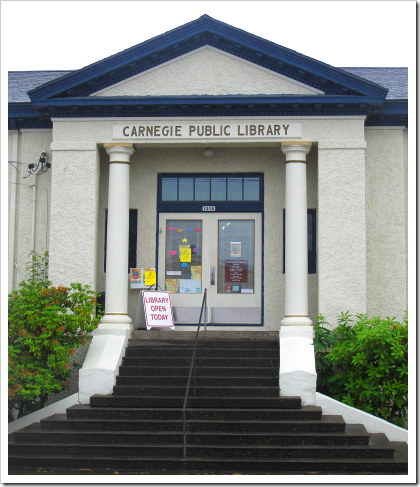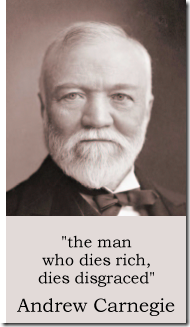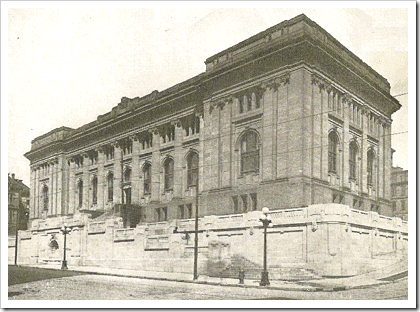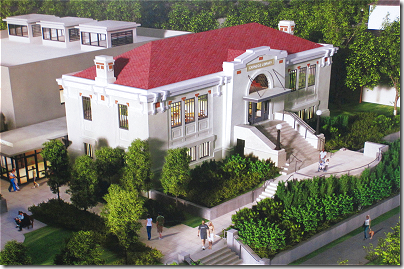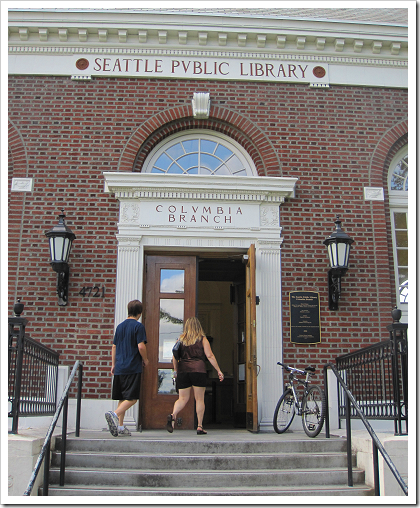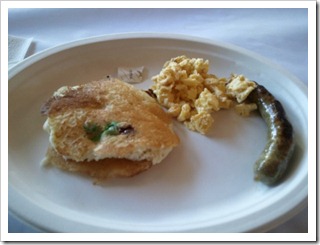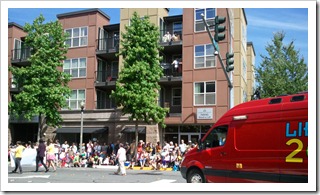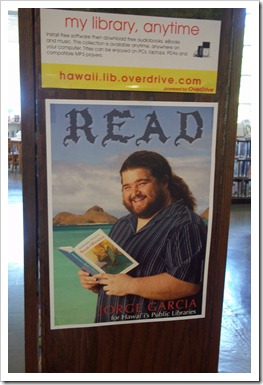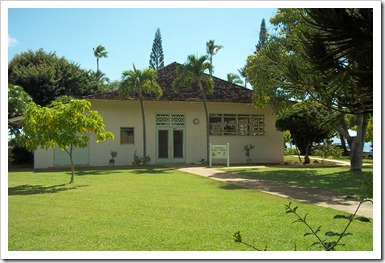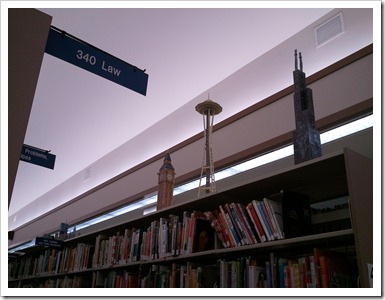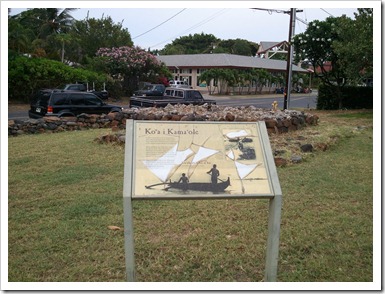If you’re looking for something to do after the library closes at 5 p.m. this Saturday, take a few steps across the parking lot to the City Hall campus and join the crowd for the 13th Annual Redmond Lights. You’ll actually want to arrive closer to 4:45 though, so you don’t miss Santa’s arrival and the tree lighting! Music and activities abound in City Hall, the Senior Center, and the Public Safety Building.

After you pick up your blinker around the campus, walk the Sammamish River Trail’s Luminary Walk to Redmond Town Center (1.3 miles) to enjoy more cultural and holiday entertainment. The Luminary Walk is one of my favorite holiday activities – it’s great to see all of the diversity that Redmond has to offer and learn about holiday and winter traditions from other cultures.
Once you arrive at Redmond Town Center, I’d highly recommend the Chili Cook-Off. The last time we taste-tested, the Redmond Fire Department was our hands down favorite (sorry, Police!), but the field of competitors has widened this year with the addition of the City Council and a few local restaurants. There will also be plenty more music, food, and activities to enjoy.
Logistically speaking, there will be shuttles between City Hall and Redmond Town Center, every 30 minutes until 8:30 so you don’t have to walk there and back – unless you are super motivated to keep working off all of those holiday treats! You can leave your raingear at home, but don’t forget your hat and mittens – the weather forecast is for a clear, but frigid, night.
Hope to see you there!
![]()

 Some of you may remember that Puget Brass performed at the Redmond Library in December 2009.
Some of you may remember that Puget Brass performed at the Redmond Library in December 2009. 
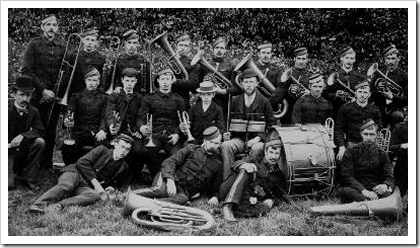
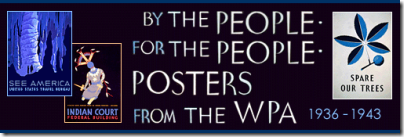

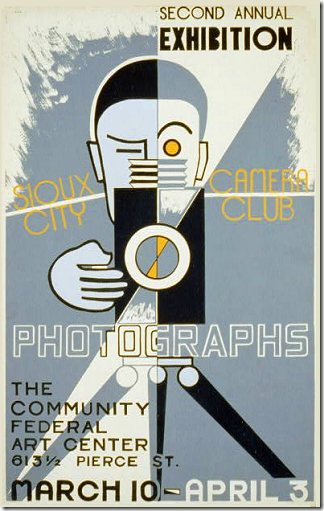
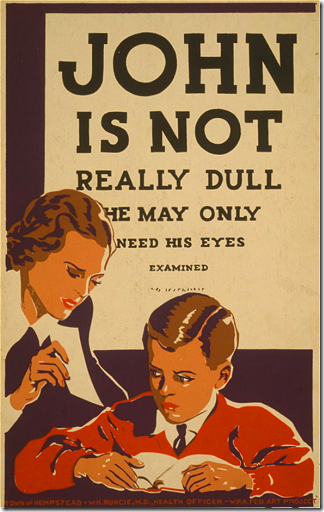
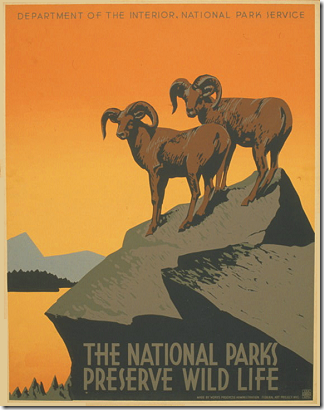
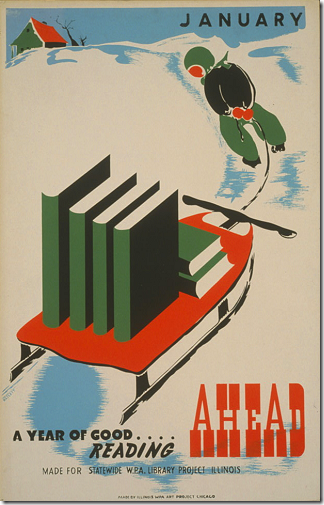
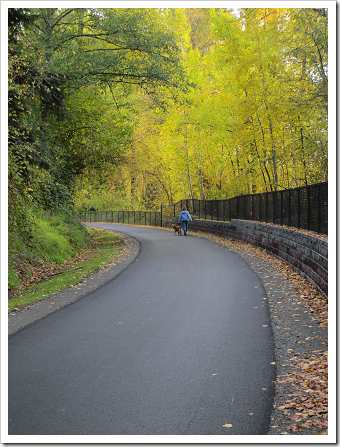

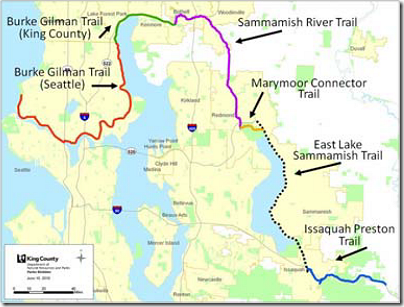

 The tall, jagged Beartooth Mountains that rise on one side of Paradise Valley inspired the fantastic scenery in Eragon, the first novel in his Inheritance cycle.
The tall, jagged Beartooth Mountains that rise on one side of Paradise Valley inspired the fantastic scenery in Eragon, the first novel in his Inheritance cycle.
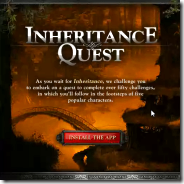
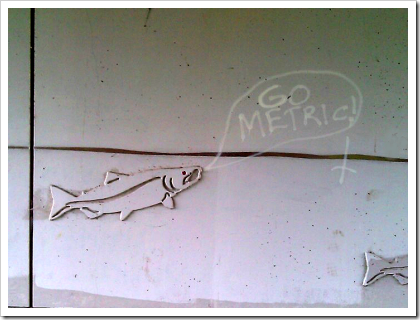






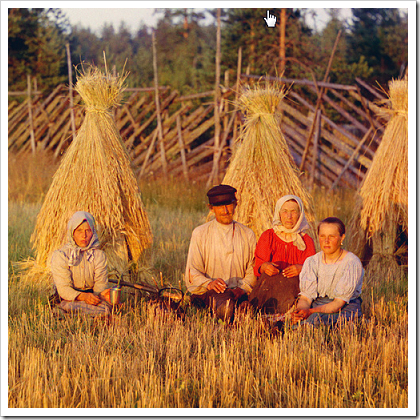
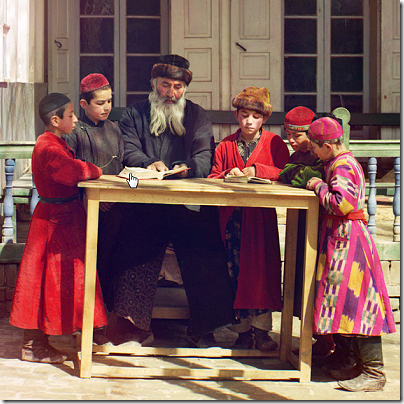
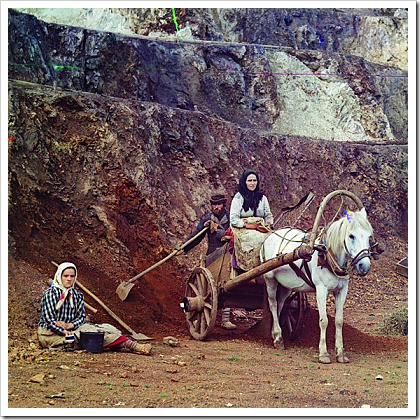
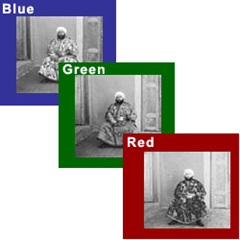
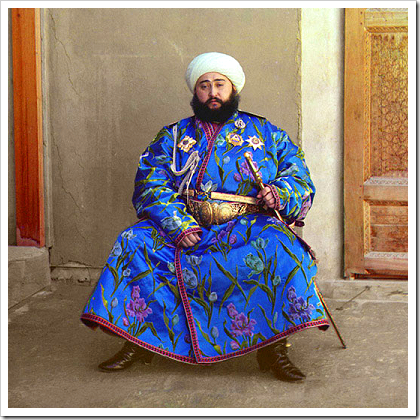
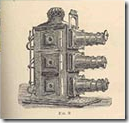 time, Prokudin-Gorskii often displayed his images using a special projection lantern with three lenses. By projecting all three monochrome negatives using the correct colored light, and then overlapping the images, he was able to reconstruct the original color scene.
time, Prokudin-Gorskii often displayed his images using a special projection lantern with three lenses. By projecting all three monochrome negatives using the correct colored light, and then overlapping the images, he was able to reconstruct the original color scene.